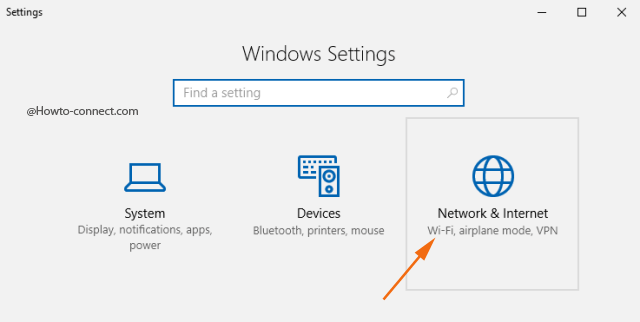
Network Reset Netsh Windows 10 Reset WiFi
However, reset WiFi through network settings should be the last option after trying out all troubleshooting methods to fix your WiFi problems. In such a case, Windows 10 reset WiFi may help you out. Then, restart your PC and this time, you will.WiFi issues can frustrate you at times, especially when you cannot figure out what exactly is causing connection networking issues. And still I cannot connect to internetRun the netsh winsock reset command, and it will reset the whole network stack on your PC. I searched and tried ALL of the potential workarounds: reboot, reset PC, reset network, enable/disable wireless adapter, uninstall/reinstall drivers, going to CMD and typing all kinds of netsh commands, etc. I can connect to the same wi-fi network using a different windows 10 computer.
So, before you proceed to reset your network, keep these things in mind.This adhoc network will not restart itself if you shut down and restart Windows. You might as well lose VPN clients that you have installed on your PC. On the Network & Internet page, select the Status tab on the left and then, on the right, scroll down and click the Network reset link.While resetting your network, Windows will delete all your previously added WiFi networks, Ethernet, along with respective login credentials. On the Windows Settings screen, click Network & Internet.
Solution 1: Through Windows Default Settings Let us have a look at different methods to reset wireless networks in Windows 10 computers. Sometimes, you would need to use a single reset network option, and at times, you would be required to uninstall and then reinstall network adapter drivers to reset WiFi. There are multiple ways to reset wireless networks.
Network Reset Netsh Driver To Perform
Go to the right panel now, then click the Network reset option. Here are the steps:Step 1: Launch the Start menu search box by pressing Windows + Q keys.Step 2: In the Start Menu, type Settings in the search bar and press Enter to open Windows Settings.Step 3: The Windows Settings app will open up where you need to scroll down to the Network & Internet option and click on it.Step 4: In the Network & Internet settings window, go to the Status tab.Step 5: Go to the Status tab on the left panel. Solution 4: Reinstall Wireless Device Driver to perform a Wi-Fi Networks ResetSolution 1: Through Windows Default SettingsYou can reset WiFi in Windows 10 computers using the Windows Settings app through Network Settings to fix connection problems. Solution 3: Use Command Prompt to Reset WiFi in Windows 10

Let’s check out:Step 1: First, use Win + Q shortcut key to launch the Windows search box and type Command Prompt in it.Step 2: Go to the Command Prompt search results and click on the Run as administrator option.Step 3: Type the following command: netsh winsock reset and then press Enter.Step 4: After running the above command, you will need to enter some more commands type and enter this command: netsh int ip resetStep 5: Again, when the above command is completed, type ipconfig /release and press Enter.Step 6: Next, enter one more command which is: ipconfig /renewStep 7: Finally, type one last command: ipconfig /flushdns and press Enter.Step 8: Reboot your Windows 10 PC to reset network adapters. Here, you will need to run a set of network commands to reset IP address, flush DNS, and carry out other network configuration processes for resetting your network. Solution 3: Use Command Prompt to Reset WiFi in Windows 10You can also reset WiFi adapters from Windows Command Prompt. Go to your WiFi connection, right-click on it.Step 5: Click on the Disable option from the context menu.Step 6: Again, right-click on your WiFi connection and select Enable option from the menu.This will restart your wireless adapter to carry out a network reset and reconnect you to the default Wi-Fi network.
As you do that, the network driver will automatically be reinstalled with default settings, and a network reset will be performed.Note: If uninstalling doesn’t work, it is recommended to check if you are using an outdated version of the WiFi driver. Click the Uninstall option to confirm.Now, close the Network Devices Properties window and restart your Windows 10 PC. The steps to follow are listed below.Step 1: Open the search bar using Win + Q hotkey, type Device Manager, and open the app.Step 2: In the new window, scroll down to Network Adapter and click on it to expand it.Step 3: Double-click on your Wi-Fi adapter, which will open up your Network Adapters Properties.Step 4: In the Network Adapters Properties window, navigate to the Driver tab.Step 5: You will view various options in the Driver tab select Uninstall Device option.Step 6: On the next screen, you will be asked to confirm driver uninstallation. Solution 4: Reinstall Wireless Device Driver to perform a Wi-Fi Networks ResetIn this method, to perform a network reset, you will need to uninstall the wireless network device driver and reinstall it.



 0 kommentar(er)
0 kommentar(er)
